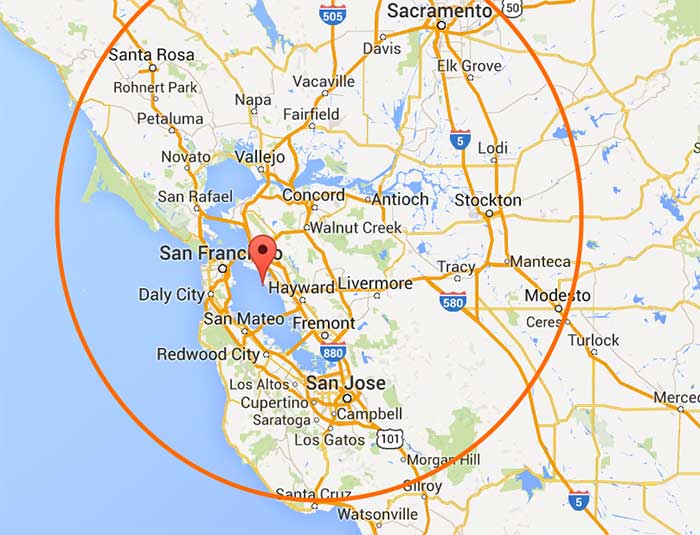Explore the 3 Main Heating Services in the Bay Area
When it comes to heating your home in the Bay Area, the efficiency of your heating system plays a significant role in both comfort and energy bills. The right choice can vary depending on your needs and the structure of your home. Three common systems for heating are heat pumps, mini splits, and furnaces, each offering distinct advantages and drawbacks. Let’s take a closer look at how they differ in terms of heating efficiency.
Heat Pumps: The All-in-One Solution
Heat pumps are gaining popularity due to their efficiency and versatility. Unlike traditional heating systems, heat pumps don’t generate heat; they move it. In the winter, a heat pump extracts warmth from the outside air (even when it’s cold) and pumps it into your home. This method uses less energy than burning fuel or using electric resistance heating because it simply transfers heat rather than generating it.
The efficiency of a heat pump is measured by its Coefficient of Performance (COP), which indicates how much heat it provides for every unit of energy consumed. A good heat pump can achieve COP values between 3.0 and 4.0, meaning it can deliver three to four times more heat than the energy it consumes. However, as temperatures drop, heat pumps lose efficiency, so they’re best suited for moderate climates, making them a perfect fit for the Bay Area’s mild winters. For reliable installation or repair services, heating services in the Bay Area can help ensure your system runs optimally.
Mini Splits: Targeted Comfort with Efficiency
Mini splits are a type of heat pump, but they operate as ductless systems. This means they don’t rely on ducts to distribute heat, which makes them ideal for homes without existing ductwork or in rooms that need additional heating or cooling. They work by transferring heat from the outside air into your living space, similar to a standard heat pump.
Mini splits have high energy efficiency ratings and are often rated with SEER (Seasonal Energy Efficiency Ratio) for cooling and HSPF (Heating Seasonal Performance Factor) for heating. These systems are designed to deliver targeted heating to specific zones, making them perfect for homes where certain areas are used more frequently than others. Because they don’t lose energy through ducts, mini splits tend to have less heat loss, which makes them a highly efficient choice for heating in smaller homes or rooms. For installations or HVAC repair in the Bay Area, mini splits are a fantastic option that can be customized to fit your needs.
Furnaces: Traditional and Powerful
Furnaces have long been the go-to for heating homes, especially in colder climates. Unlike heat pumps or mini splits, furnaces burn fuel (natural gas, oil, or propane) to create heat, which is then circulated through the home via ducts. Although they are highly effective and can heat a home quickly, furnaces are generally less efficient than heat pumps, especially when compared to newer models. They can also be expensive to operate, particularly if you’re using oil or propane.
Furnaces do have an advantage in colder climates where heat pumps may struggle to extract sufficient heat from the outside air. In the Bay Area, however, they may not be as efficient year-round as heat pumps or mini splits, which can heat and cool your home without needing a separate system for each season.
Element Home Solutions Heating Repair in the Bay Area
When it comes to heating and cooling solutions in the Bay Area, Element Home Solutions stands out as the best choice. Their expert team provides top-notch heating services in the Bay Area, including installations, repairs, and routine maintenance. Whether you need a new heat pump, mini split, or furnace, Element Home Solutions ensures your system runs efficiently year-round. With their prompt and reliable heating repair in the Bay Area, you can trust Element Home Solutions to keep your home comfortable and energy-efficient, no matter the season.






